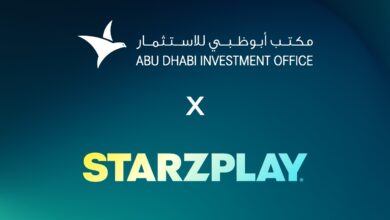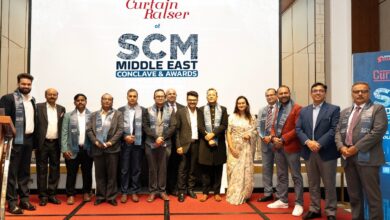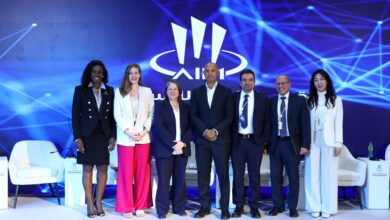At Middle East Energy Dubai
Full Interview with Mr. Shekhar Singhal
We would like to know your position. Would you please introduce yourself? Sir, I am Shekhar Singhal. I am the Managing Director of Eastman Auto & Power Ltd.
And we are one of the largest Energy Storage Company in India. we are already present in the Middle East and Africa for more than 10 years. And now we are looking to further expand our presence in this region.
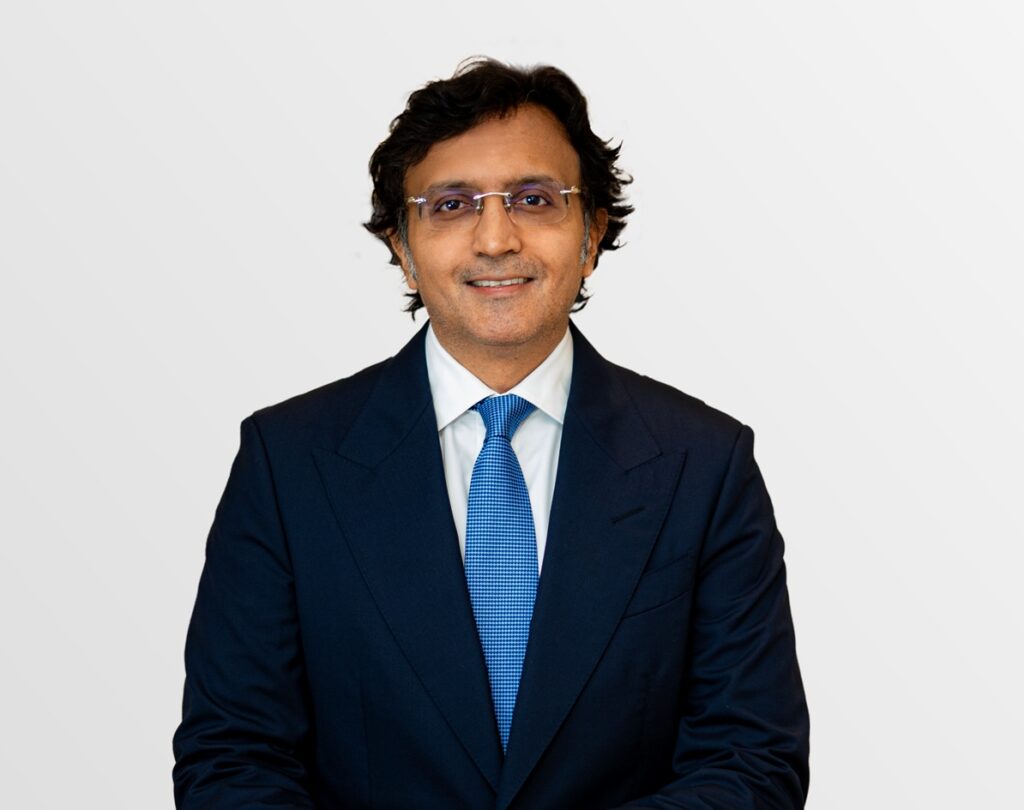
In this edition of the exhibition, would you please tell us about your participation here in this pavilion? What do you want to show the world through this participation?
The Middle East and Africa are among our most strategic markets. Eastman is proud to be India’s leading exporter of solar batteries to this region, and we deeply understand the energy landscape here.
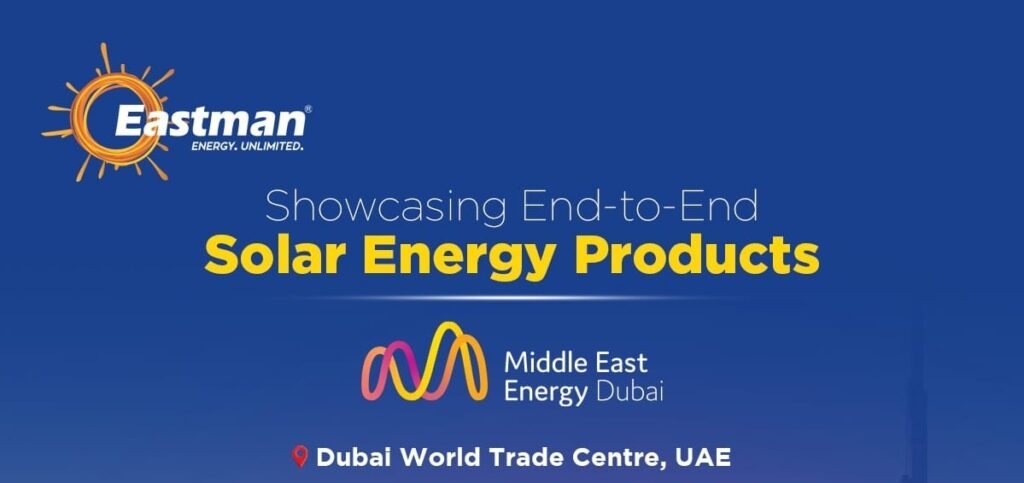
Except for a few affluent GCC nations, much of the Middle East and Africa face challenges like those in India. Some areas experience frequent power cuts—making solar with storage a critical backup solution. In other regions, power is available but expensive, driving consumers to adopt solar for cost savings. Lastly, there are remote and rural zones where extending grid infrastructure is not feasible. For these locations, solar combined with battery storage becomes a complete off-grid power solution, supporting homes, small businesses, and even entire villages.
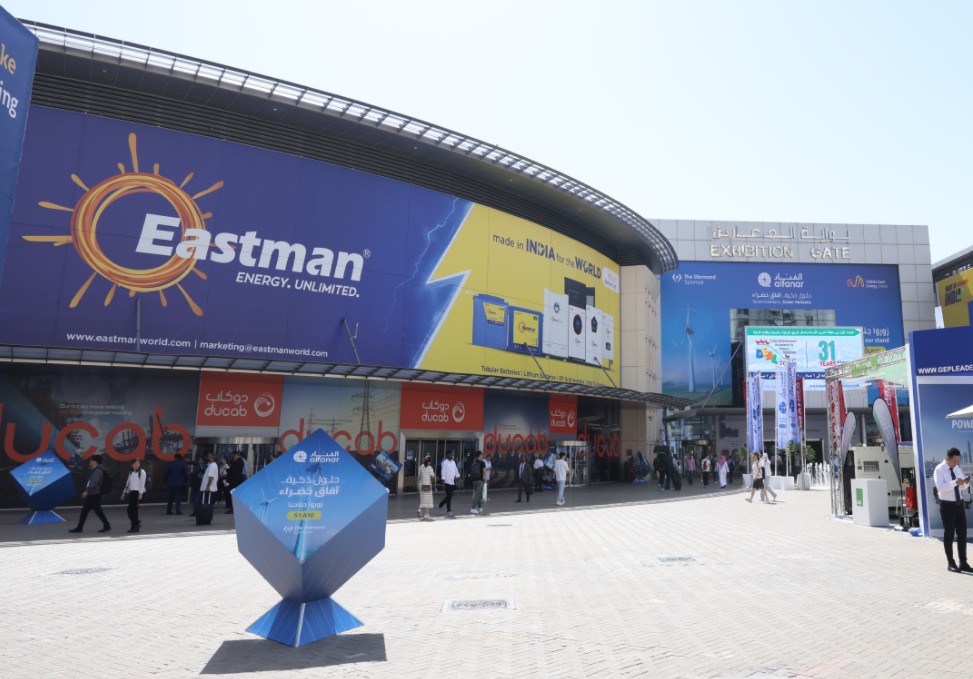
At Eastman, we focus solely on rooftop solar systems—up to 200 kW capacity. We do not engage in utility-scale or large installations. Our goal is to serve a wide spectrum of consumers across all price points and application needs.
Whether it’s for basic energy backup, savings on high utility bills, or powering off-grid communities, our solutions are designed to be reliable, efficient, and adaptable.
At this exhibition, we are excited to showcase our latest generation of Grid-Tie and Off-Grid Inverters, built to withstand the region’s conditions while delivering superior performance. These inverters are optimized for easy installation, high efficiency, and seamless integration with batteries and solar panels.
With our strong legacy and continued innovation, Eastman is committed to powering progress across the Middle East and Africa.
Yes. What’s inspiring you to take this step?
At Eastman, our DNA has always been global. I began my career in the South American market, and from the start, our focus has been to serve not just Indian consumers, but customers worldwide.
The Middle East, especially Dubai—serves as a vital hub for building new relationships and unlocking opportunities across the entire region and into Africa.
India, as a market, is one of the most demanding in the world. With its diverse geography—ranging from deserts and mountains to coastal and humid zones—it poses unique challenges for any product.
If a company can build reliable, high-performing solutions for such varied and extreme conditions, it is well equipped to serve any global market. That’s the strength Eastman brings—products built for India, trusted across the world.
This is leading me to the next question. What makes you unique? Yes. Any company which is able to succeed in the Indian subcontinent because of the competition and the different types of weather situations, different types of customer pricing expectations, typically will be able to succeed in the Middle East and in the African countries as well.
What sets Eastman apart is our ability to offer all essential solar products under one roof. While many companies specialize in just one category—be it batteries, inverters, or solar panels—we provide a complete portfolio across all segments. This makes us a true one-stop solution provider for consumers.
Whether it’s a basic backup system or a fully integrated solar setup, we tailor solutions based on customer needs and budget, ensuring a seamless experience from product selection to installation.
What further differentiates us is our commitment to product quality, reliability, and long-term performance. At Eastman, we don’t enter a product category just for short-term gains. We take a 25-year view—focusing on how our products will perform over decades, not just a few years.
This long-term outlook, combined with our integrated product ecosystem, ensures we deliver lasting value to customers across diverse markets.
What about sustainability? Did you care about this? Tell us more about this. The whole company is built upon driving or furthering the sustainability goals of the entire planet. The company is basically two verticals.
At Eastman, 100% of our business is rooted in sustainability. In India, we actively contribute to the electric mobility sector, while our solar vertical serves both domestic and global markets.
Every product we offer—whether it’s for electric vehicles or solar energy—is designed to support a greener future, enabling green kilometers and clean energy generation.
But sustainability for us isn’t just about the end application, it runs through our entire value chain. We follow best-in-class sustainable practices in our manufacturing processes, ensuring minimal environmental impact.
Sustainability isn’t just a strategy—it’s part of our DNA. It’s built into our systems, our operations, and most importantly, into our mindset as we shape a cleaner, brighter future.
What are the key features about competitors, what key features make their investors stand out for competitors in the market?
Our products are specifically engineered for robustness in the toughest conditions. In a country like India, where weather extremes range from freezing Himalayas to the scorching deserts of Rajasthan and the humid conditions of Cherrapunji, our solutions are designed to perform reliably across all environments.
Beyond weather, India faces highly volatile grid conditions — from frequent voltage fluctuations to peak and low current scenarios. Our products are built to withstand these unpredictable conditions, making them equally suitable for markets like Africa and parts of the Middle East, where grid instability is common.
Another key differentiator is usability. In many parts of India, end-users may not be technically trained. Our products are intuitive and durable enough to handle minor mishandling, incorrect wiring, or wrong settings without compromising performance or safety.
This contrasts with products made in China for stable-grid markets like Europe or the US, which assume a high level of user knowledge and stable environments.
Our inverters and batteries are designed to operate across a wide temperature range — from -20°C to +60°C — making them ideal for extreme climates. Whether it’s heatwaves in the GCC or sub-zero temperatures in the Himalayas, our technology adapts.
Because India presents such a vast range of conditions — it’s practically a continent — a product that works here can work anywhere. Lastly, we understand that the biggest barrier to solar adoption is the upfront investment. That’s why we aim to offer products that deliver long-term performance, ensuring value from day one.
So the upfront cost to keep it competitive is very important. Do you spend, have any distribution in the local market, UAE local market, is there any?
We operate through trusted distribution partners in each country, as our core focus remains on building innovative, high-quality products. By working with local partners, we ensure effective market reach while we concentrate on product excellence.
As a market leader in India, our high production volumes enable significant cost efficiencies. This allows us to reduce overall costs and pass on the benefits to consumers globally. In the solar industry, where the upfront investment is a key barrier, our ability to offer reliable, affordable solutions becomes a major advantage in driving adoption worldwide.
So how affordable is this in this market actually?
Affordability in solar energy varies based on several factors and must be viewed from multiple angles. First, for consumers who already have access to electricity, affordability depends on the current cost of electricity. In India, for example, electricity prices vary from state to state. As a result, the payback period for solar systems ranges from approximately 2.5 to 4 years, depending on local tariffs.
Second, for consumers without electricity access—such as many in Africa—the situation is different. In these regions, people often rely on diesel generators, which can cost up to $0.40 per kilowatt-hour. Replacing diesel with solar drastically reduces energy costs, making the payback period less than a year in many cases. The savings are immediate and substantial.
Third, in advanced economies like the UK, recent global developments—such as the Russia-Ukraine war—have caused natural gas prices to surge, increasing electricity costs. This has made solar more affordable and financially attractive. Additionally, these markets often have better access to financing options. Consumers can take advantage of low-interest loans, where the monthly savings on electricity bills exceed the interest paid to the bank.
So, whether savings-driven adoption in developed countries, energy access in emerging markets, or cost efficiency in fuel replacement, solar affordability adapts to the local context—making it a universally viable solution.
What about the maintenance?
Our products are designed for minimal maintenance, ensuring hassle-free operation for end users. We also run robust training programs for our distribution partners, equipping them to provide reliable support to customers in their local markets.
All our systems are integrated with Wi-Fi, allowing real-time monitoring and diagnostics. Through our global technical support center based in India, we can remotely detect and often resolve issues without needing on-site intervention. This significantly reduces downtime and enhances customer satisfaction.
Both our manufacturing and global technical support operations are based in India. We collaborate closely with our local distribution partners in each country, who manage inventory, handle installations, and provide field support to ensure seamless customer experience.
So how do you see the impact of this recent tariffs on this sector, especially this renewable energy?
Our Prime Minister, Mr. Modi, shares strong relations with the U.S. administration, including former President Donald Trump. As a result, India faces relatively lower tariffs—around 25-26%—compared to China, which has tariffs exceeding 60%. This creates a favorable environment for Indian companies to enter and expand in the U.S. market. The recent tariff structures are opening significant opportunities for us to serve American consumers more competitively.
What is your plan in the future, in the next 5 years? Did you introduce a new technology, anything in the next year? So what we are doing is, what is happening is every country in the world has some unique requirements.
Globally, energy systems differ in voltage requirements. For instance, the United States operates on a 110V grid, while most of the world uses a 220V system. One of our immediate priorities is to develop and launch a 110V-compatible product line to effectively serve the American market and expand our global footprint.
Another major global trend is the push for long-life energy storage solutions. Our current batteries come with a 5-year warranty, but we aim to offer warranties of 10, 15, even 20 years. The idea is simple—if a consumer installs a solar system today, it should ideally last a lifetime, requiring replacement only by the next generation. Our focus is on enhancing product reliability and extending lifespan while simultaneously driving down costs to make solar energy accessible to a broader population.
This mission also involves exploring emerging technologies such as sodium-ion and solid-state batteries. These new battery chemistries offer promising advantages in durability, efficiency, and cost-effectiveness, aligning with our vision of delivering long-lasting, affordable clean energy solutions.
Currently, we hold over 30% market share in Indian-origin solar product exports to the Middle East and Africa—a leadership position we are proud of and committed to strengthening. Our market strategy is firmly focused on Africa and selective high-potential areas within the Middle East.
In Africa, we view all 54 countries as potential markets. Many of these nations urgently need solar solutions due to power shortages and unreliable grid infrastructure. Countries like Nigeria, Libya, Egypt, and many others are experiencing growing demand for decentralized and off-grid energy solutions, which our product line is well-equipped to meet.
In the Middle East, our market selection is more strategic. Some countries like Saudi Arabia and Qatar have low electricity costs due to heavy government subsidies, which limits the immediate demand for solar energy. Therefore, our focus is on Middle Eastern countries where power deficits exist or where government subsidies on electricity are minimal or nonexistent. These markets present a stronger case for solar adoption and align better with our offerings.
Ultimately, our goal is to build solar and energy storage products that are versatile, durable, cost-effective, and tailored to the unique needs of each market. Whether it’s temperature extremes, unstable grids, or untrained users, our solutions are designed to perform reliably and safely.
Thank you for your valuable time and continued interest. We look forward to further engaging with you and building lasting partnerships as we scale our impact across the globe.


